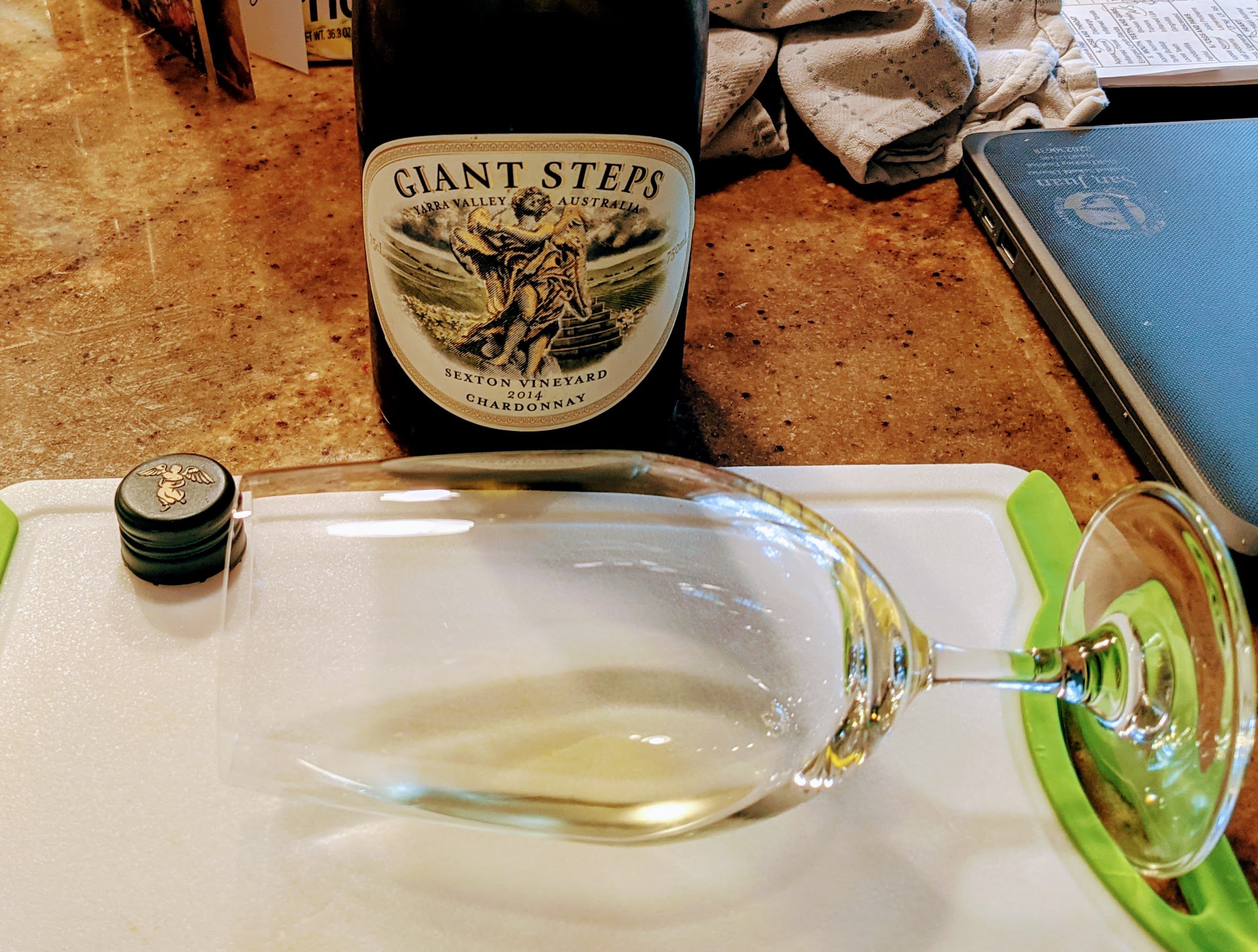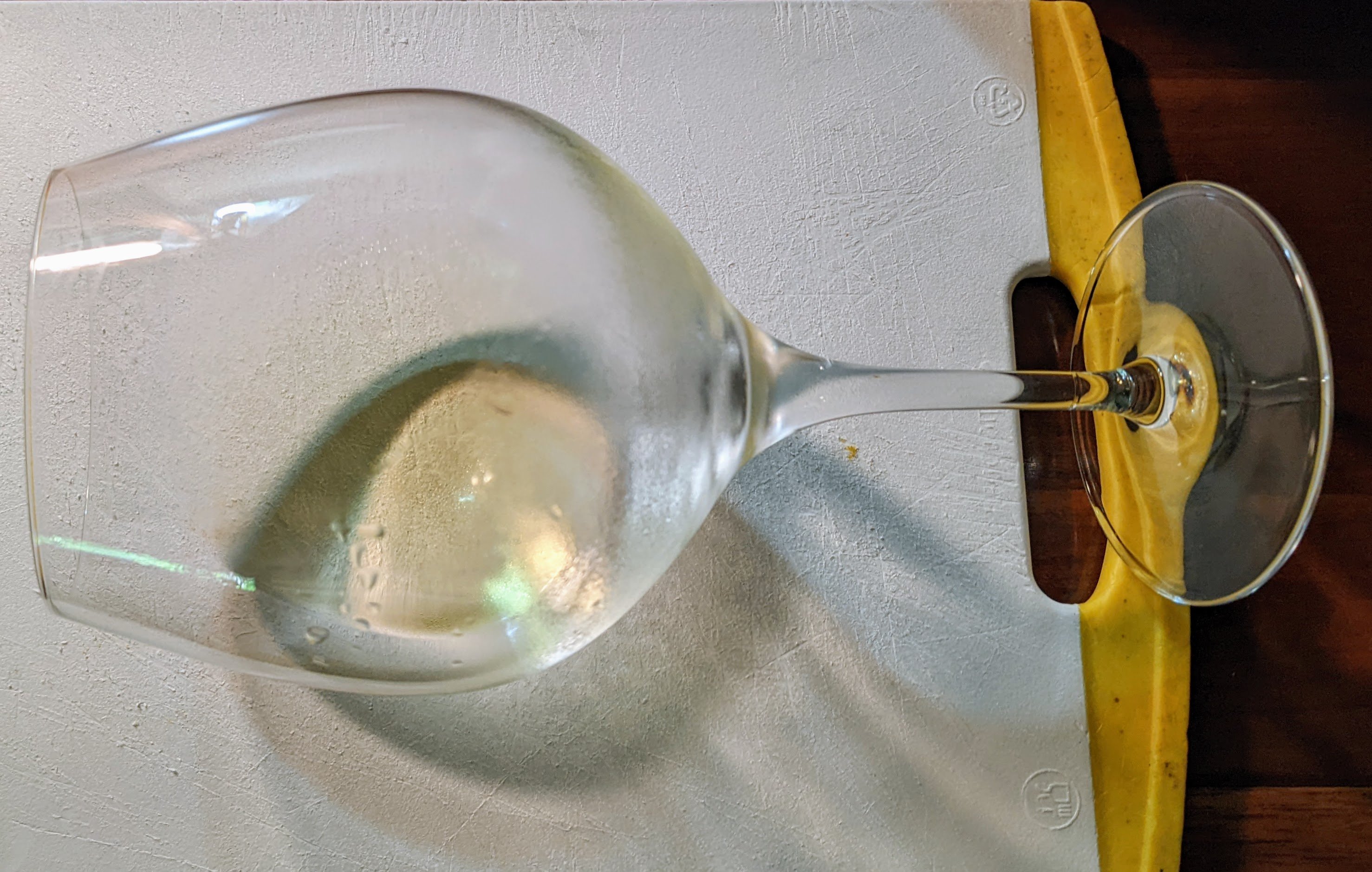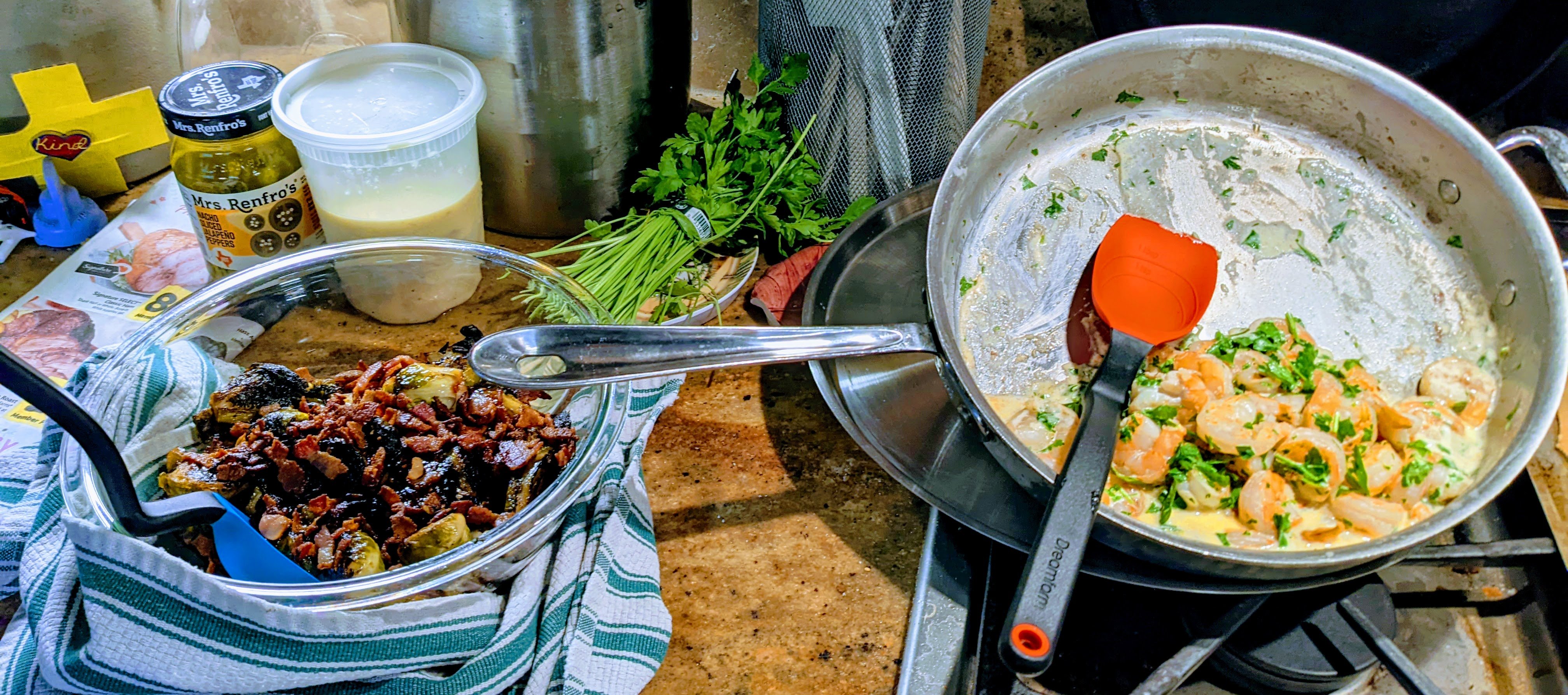Last weekend some friends and I went for a day-trip to the Yarra Valley near Melbourne, Victoria. With COVID-19 restrictions still in place, most wineries in the Yarra Valley proper were still closed. The government had issued rules for the re-opening of the hospitality sector, and every premise is bound to the same rule: alcohol is only to be served with the accompaniment of food. For this reason, most wineries decided to stay close, with only the cellar doors in Healesville, a small town in the middle of valley, offering tastings. Fortunately, two of the most interesting names were opened: Giant Steps and Mac Forbes, so we went. Our day was organised in laid-back fashion with tasting at Giant Steps at 13:00, lunch in town until 3:15, tasting at Mac Forbes, and final tasting at Gin distillery Four Pillars at 17:00.
Giant Steps started in 1997 and has been making single vineyard wines under winemaker Steve Flamesteed since 2003. Their full attention and focus is in producing site-specific wines from Yarra Valley terroir. They were one of the firsts to attempt such an operation and now reap the reward for their work. They have six single vineyard sites in total planted mostly to Pinot Noir and Chardonnay (Sexton, Applejack, Gruyere Farm, Tarraford, Primavera, and Wombat Creek). The cellar door is sleek and modern, with comfortable seatings and nice tables where the tasting takes place. The tasting is divided in two flight of five/six wines each, mostly single vineyards, Chardonnay first and Pinot Noir second. At the end, we also tasted a Syrah and a Cabernet Sauvignon/Merlot blend.
Flight 1
2019 Tarraford Chardonnay
2019 Sexton Chardonnay
2019 Applejack Chardonnay
2019 Wombat Creek Chardonnay
2019 Ocarina Clay Ferment Chardonnay
2019 Estate Chardonnay
The winemaking style is very consistent across the range, with 20% new and 80% old oak, and mostly no malolactic (Wombat Creek the only one to undergo malolactic in 2019). In broad strokes, Tarraford is the most elegant of the bunch, from a protected valley site, with a cooler microclimate, at 100 meters, and north and east-facing slopes; citrusy, elegant, and mineral, a great opposite to the richer Sexton. Sexton is probably their most famous vineyard, 130-210 meters in elevation, planted with Mendoza clones, north facing with thin topsoil and deep root systems. The harsher growing conditions of Sexton yield a more powerful, richer Chardonnay, with a creamier mouthfeel, notes of lemon curd and almond, yet good acidity on the finish. The Applejack vineyard is slightly more elevated, 220-320 meters, with I10V1 clones and east-facing. This vineyard shows better through Pinot Noir, with the Chardonnay failing to leave any notable impression on me. The Wombat Creek vineyard is the highest at 410 meters, on red volcanic soil (the others are on grey clay) and north-east facing. Being the only one to undergo malolactic, it distinctly had greek yogurt notes, elevated acidity: to my taste the malolactic-impacted notes too front-and-centre. The Ocarina Clay Ferment Chardonnay is not a single vineyard, instead a blend of all the other vineyards and fermented in clay. Fresh, zippy, and light, with racy acidity, this was hardly recognizable as Chardonnay. For comparison with their premium line, we tasted the estate Chardonnay, which is a co-fermented blend of their single vineyards, and I thought that it was incredible value (A$30), and really not much of a step-down in quality.
In my opinion, Tarraford and Sexton were the best Chardonnays of the bunch. The Sexton is also available in magnum, which we got and shared together at a dinner with butternut squash risotto. It was the 2018 and was only A$100. For A$30 the estate Chardonnay is hard to beat, and is a great intro to Yarra Valley Chardonnay.
Flight 2
2019 Sexton Pinot Noir
2019 Applejack Pinot Noir
2019 Primavera Pinot Noir
2019 Fatal Shore Pinot Noir (Tasmania)
2019 Estate Pinot Noir
The Sexton vineyard is planted to MV6 and Pommard clones and is the most savoury and earthy Pinot Noir of the Giant Steps line. It is darker in colour, with red and black fruits, and a savoury, earthy palate. Applejack’s Chardonnay might not be notable, but the Pinot Noir is vibrant, red-fruited, light and perfumed (MV6, Abel & Pommard clones). The Primavera vineyard is 240 meters in elevation, on red soils, MV6 and D4V12 clones. The Pinot Noir from this site is very distinct in that it has a very earthy nose and a strong tannic grip. The tannins were quite a bit too high for what I like in Pinot Noir, but it was nice to see such a strong terroir-driven marker on the wine. The Fatal Shore Pinot Noir is made from juice that belongs to a friend in Tasmania and was quite a strange beast. Very dark, with a Campari-like quality to it, full of blood orange and dark fruits, and a somewhat bitter-edge to it. Lastly, we tried the estate Pinot Noir, which mainly comes from Sexton (40% if I remember correctly). Again, screaming value at A$30 ad definitely resembling the Sexton Pinot Noir in its profile.
I thought Sexton and Applejack were the best Pinot Noirs in the line-up, and Applejack is also bottled in magnum. However, again the estate bottling gets my nod as the QPR choice. I was very surprised at how good the Giant Steps estate wines were. At end of the tasting, we tried a Syrah and a Cabernet Sauvignon/Merlot blend, but they didn’t stick out particularly to me, I much preferred their Pinot Noirs and Chardonnays.
Mac Forbes is one of the most respected Yarra Valley winemakers, and I have seen his name mentioned multiple times on this forum, and on international media. He is an advocate for studying the Yarra Valley terroir in a Burgundy approach and diving the region into subregions. They don’t have a proper cellar door, but rather a bistro that offers their wines in a casual dining room. We headed there after some lunch and decided to go with their most extensive tasting option at A$20. I had very high hopes for Mac Forbes after tasting their base Pinot Noir at a wine bar prior this year, but it pains me to say that the whole experience, from the customer service, to the wines, was subpar. The tasting wasn’t organised in a flight, but rather being poured one after the other when our glasses were emptied, and didn’t have a focus or theme. We tasted -
2019 RS3 Riesling
2019 Yarra Junction Chardonnay
2019 EB52 Syrah Rose
2019 Yarra Junction Pinot Noir
2018 Healesville Syrah
It is hard to describe the wines in detail as I did with Giant Steps, since we didn’t have any info sheet (Giant Steps had a nice print-out with the most important info on each vineyard). This was a more relaxed affair, we ordered some cold cuts, cheeses, olives, and mostly spent the afternoon chatting and eating. That said, all the wines see no new oak, and come from some of the coolest sites in all of the Yarra Valley. In terms of style, Mac Forbes can be described as easy-going and highly quaffable. In my opinion, the quest for drinkability is too pronounced and yields wines that are too simple to be really representative of terroir. Or, at least, not complex enough to be interesting and worth the price they are going for ($55 for their village level wines, $65 ex-wine-shop, and $42 for the Riesling). I forgot to mention that they recently released a new line called ‘villages’, with the idea of a “forensic examination of broader sub-regional influences across the Yarra Valley” (from their social media). I don’t feel like the the new tier is worth the step-up in price, and I would recommend the base bottlings - Yarra Valley Pinot Noir and Chardonnay for A$30 if you want to try Mac Forbes. My impression is that they are trying to do too much at once, and I left confused at what the real focus of their wines is. Unfortunately, the pace of the tasting was so slow that we ended up being late for the tasting at Four Pillars. We then bought some gin, some tonic, and went home to chill on the couch and watch some Netflix, because every good story needs a happy ending.


